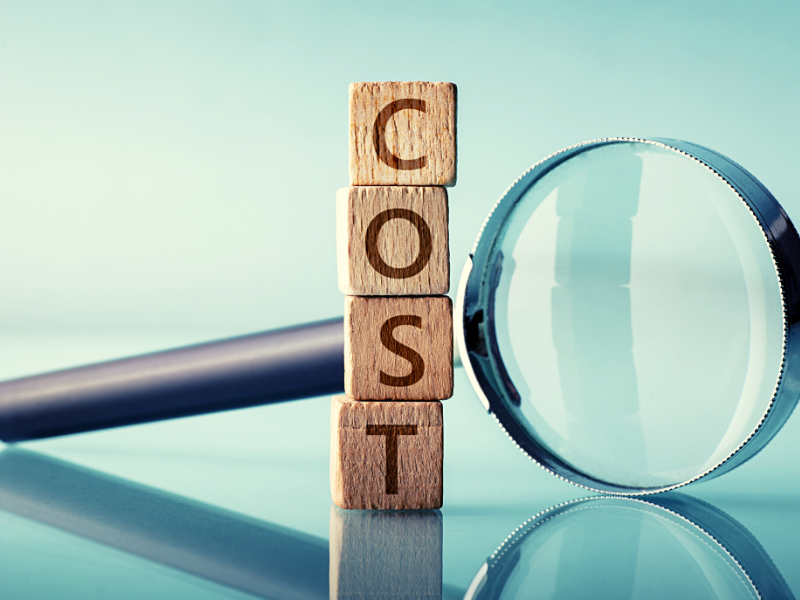If you’re only selling your online products within the United States, you’re probably leaving money on the table.
As e-commerce booms and becomes a central method of retail sales, cross-border transactions are rapidly increasing. In fact, from Research & Markets:
B2B payments are also seeing significant growth within the cross-border payment market, with the forecasted values reaching a figure in the trillions of euros by 2026. Moreover, payment systems are expected to be one of the top B2B E-Commerce technology investment areas in the year 2022.global cross-border payments in retail will increase from $1.95 trillion in 2016 to $2.56 trillion by 2022.
The bottom line is that international e-commerce is skyrocketing, and if you want to capitalize on opportunities for massive growth, you’ll want to be a part of it. As this writer on Indiegogo recently said, it’s time to “go global or go home.”
However, it’s easier to talk about entering the global market than to actually do it. It can be an intimidating process to begin, but for most businesses, the reward is well worth the effort.
In this post, we’re going to cover some of the most crucial, basic elements of starting international e-Commerce websites and sales. Let’s talk about the hurdles (and opportunities) you’ll face and how to successfully expand into different markets.
Step 1: Create a Game Plan

Before you really get the ball rolling, you need to dedicate some serious time to:
- Researching the countries you want to sell in
- Planning your entry to the market(s)
- Understanding your sales and brand awareness goals
Begin by figuring out exactly where you want to expand. What countries will be the most receptive to your products? Where can you tap into a niche for your specific offerings?
Once your research has led you to one or two countries that would be good candidates, dive deeper into their markets. Evaluate the best cities for your launch, as well as national holidays, customs, and other factors that will influence how you market your products.
It’s important to understand that you may have to rebrand or reposition your products to succeed in a new country. As you analyze your target market, pay attention to how it’s different than the ones you’re currently serving. Understand what your audience wants, as well as what competitors in the area are offering.
Market research will also include language research. You may need to enable multiple languages on your websites and advertisements.
Lastly, plan the timing of your market entry. What part of the year is best to launch your product in the new country? What events and other factors could make launching more difficult or easier?
As you can see, there’s a lot to consider before you actually do anything with international eCommerce. Sit down with your team and formulate a strong, well-researched game plan before proceeding any further down the road of global sales.
2. Optimize for International Search
Once you’ve got your international eCommerce game plan in hand, it’s time to think about how people will find your brand in this new market. Thus begins the challenge of (and opportunity for) search engine optimization in a different country.
Your online visibility to other countries is incredibly important. From your social media marketing to your website traffic, you need to think about how you’re going to expand your digital reach in different regions.
The SEO strategies you’re using in domestic markets might not serve you adequately in global settings, depending on language, local trends, cultures, and many other factors. Therefore, you’ll want to partner with marketing experts well-versed in the targeted region.
Begin with a carefully crafted social media plan, presented and executed by a company that has prior knowledge or is willing to obtain resources pertinent to the region/country. This is a relatively low-cost way to reach customers in the new market and build an online presence.
If you rush headlong into a new market with little to no e-commerce SEO preparation, you’ll likely find yourself at the bottom of Google’s ranking totem pool. In order to succeed in a new market, people need to be able to easily find (and appreciate) your brand.
3. Plan for Payments and International eCommerce Shipping

After considering your online visibility, start thinking about how new customers will pay for your products and/or services. Equally important, you need to think about shipping tangible products to countries that are further away than your home market.
Global Payment Options
Your current payment methods might not fly in a different, international setting. For instance, if you’re only serving the U.S. or other North American countries, you’re likely used to accepting credit card payments.
However, if you’re expanding into Asian markets, you may find that most shoppers want to pay with “cash on delivery” (COD) options. You need to think about what alternative payment methods you can offer to ensure every market need is met.
A lack of payment options can have a dramatic effect on checkout cart abandonment.
Furthermore, you need to think about checkout security on a global scale. How will you ensure that everyone feels comfortable entering personal and financial information on your site, no matter where they’re located?
We often recommend that businesses start by offering PayPal payment options. It’s one of the most secure global payment methods and is used by 87.5 percent of online buyers around the world.
eCommerce International Shipping Options
Payment options aren’t the only thing that can make or break global sales. International shipping can also be a deterrent to shoppers in other countries.
With so many options available online, customers aren’t going to want to buy from a brand with expensive or slow international shipping. So, how are you going to fulfill orders in a fast, reliable way without asking shoppers to foot the bill?
Start by talking to local shippers and warehouses in other countries that can help you fulfill orders. You might not want to start the partnership right away, but you need to know that if your brand expands in the new market, you’ll be able to fulfill orders in a timely, cost-effective manner.
You may also want to think about incentivizing global customers with offers for free or low-cost shipping if they purchase certain amounts of your products. This can help you offset the cost of international shipping while still keeping shoppers engaged and spending.
4. Understand Duties and Taxes

Beyond international shipping fees, you’ll also need to think about global taxes.
This is one of the most painful and tedious parts of expanding into global markets, but it’s an essential step if you want to avoid trouble with local tax authorities and regulations. With every country you enter, you’ll need to learn about the respective tax rules.
How will these tax regulations affect the overall costs of your products? How can you offset different tax rules without making your products too expensive for buyers? These are the kinds of questions you need to thoroughly evaluate and answer before launching your sales in any other country.
One thing to keep in mind: if you are selling your products wholesale, you probably won’t need to charge foreign customers taxes. However, you should still consult a tax professional to understand all of the legal aspects of e-commerce and international business taxes.
To Sum It All Up
As you can see, the road to international e-commerce success can be a little bumpy, especially first. However, you shouldn’t let the upfront complications deter you from opportunities for worldwide revenue.
We’re already expected to reach a forecasted increase of 45.8 percent in eCommerce market share in 2021. It’s clear that the world is moving toward an increasingly digital retail environment, and expanding into global markets is one of the best ways to maximize your revenue capabilities.
Also – keep in mind that many of these aspects, such as shipping and payment options, are becoming increasingly globalized every year. International e-commercewill become easier, and if you can be at the forefront of that change, you’ll reap the rewards of establishing your brand early.
Need more information on expanding into international markets? Want an effective marketing plan or SEO strategy for global & international e-commerce? Don’t hesitate to reach out to the Ayokay team. Our full-service digital marketing agency might be based in Indianapolis, but our reach is truly global. We’ll help you expand on a global scale.
Jack Shepler is a Marketing and Search Engine Optimization expert. He founded Ayokay, award-winning marketing, and web design firm in Indianapolis, Indiana that has built brands, increased sales for businesses, and helped nonprofit organizations fulfill their missions since 2011. He uses his decades of experience to educate through the Ayokay blog and through public speaking. You can follow him on LinkedIn.







